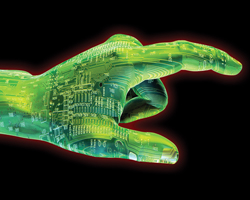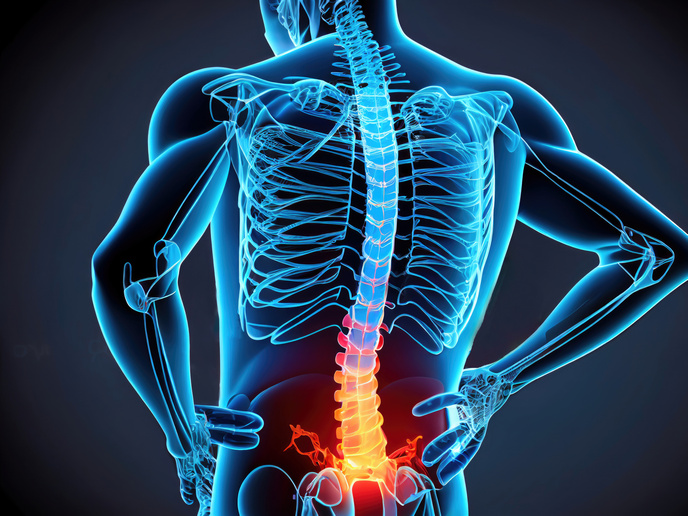Technically assisted rehabilitation
The human hand is controlled by efferent neural signals carried from the central nervous system to the peripheral nervous system. At the same time, information obtained on the position of fingers or the force produced while holding an object are brought to the central nervous system by activation of afferent peripheral nerves. Aiming to implement this structure, the hand prosthesis designed during the CYBERHAND project will be controlled by the patient wearing it in a very similar way. The efferent neural signals coming from the central nervous system will be processed, and afterwards sensory feedback will be delivered by stimulation of specific afferent nerves. Centro Nacional de Microelectrónica de Barcelona focused on nerve regeneration electrodes that, instead of biomimetic sensors, will recreate the perception capabilities of the human hand. Neural signals recorded by nerve regeneration electrodes need to be amplified and filtered, before specific nerves are stimulated. The Application specific integrated circuit (ASIC) delivered consists of four amplifiers for multi-electrode recordings with amplitude as low as a few microvolts (μVs). More specifically, it was produced in complementary metal oxide semiconductor (CMOS) technology to work with cuff, sieve or longitudinal intrafascicular electrodes. An attractive characteristic of its multiple channel stimulator (that applies electrical impulses to the afferent nerves) is the ability to be programmed to generate any complex waveform using computer software. Although it is an ideal circuit for a hand prosthesis, there is still a lot of room for advancement and optimisation. A major issue in follow-up activities of the CYBERHAND project partners was the limited number of implantable electrodes and thus the number of possible stimulation channels. New possibilities have, however, opened up for a hand prosthesis that can, through a connection to the neuromuscular tissue, be directly controlled by the patient wearing it.







